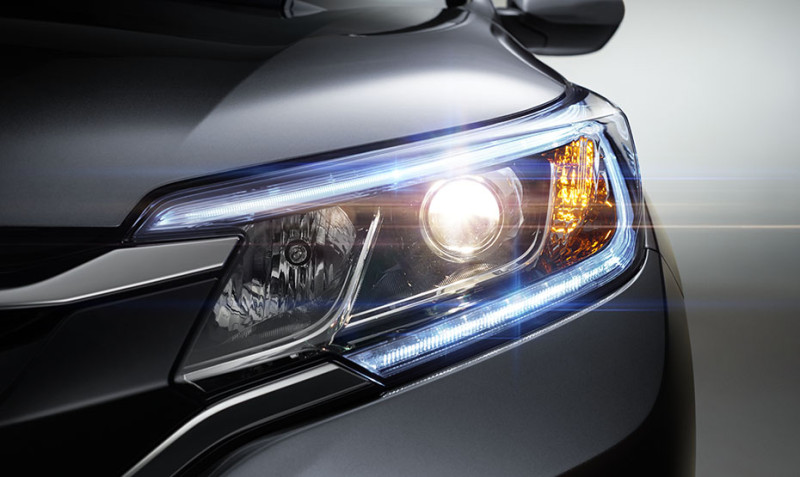
To the untrained eye SUVs and crossovers (also known as CUVs) don’t have too many differences. They are both considerable family vehicles with ample room for passengers and cargo. But due to recent negative association with the term “SUV,” manufacturers have started establishing a form separation between the two. CUVs – like the Honda CR-V – are now marketed as having the practical attributes of an SUV, but with car-like drivability and fuel efficiency.
While CUVs still fall into the same category as SUVs for many – who dub SUVs as any vehicle with all-wheel drive and high ground clearance – there are characteristics that set them apart. In this article we’ll take a look at the key differences between the two and help you decide which is better for your lifestyle.
Distinction #1: Platform
The most evident distinction between SUVs and CUVs is the platform. SUVs are built with a “body on frame” design – like trucks. This means that the body of an SUV is assembled separately from the chassis. When the two are completed, they are combined together. CUVs, on the other hand, are designed as traditional cars, which means that they use “unibody” architecture. Simply put, the body and frame exist as one piece, not two separate pieces combined into one.
Distinction #2: Weight
CUVs often earn praise for having better handling than SUVs. The main reason is because of the weight differences caused by the constructional methods. In essence, SUVs are built like trucks and CUVs are built like cars. The heavier the vehicle, the more power you’ll need to move it. The weight causes SUVs to suck up more fuel and leave the driver feeling detached from the road. If fuel efficiency and handling are important to you, then an agile CUV may be the choice to make.
Distinction #3: Safety
Many drivers prefer the rugged and weighty construction of an SUV due to its safety elements. After all, bigger is better when it comes to safety, right? IIHS believes so, stating that in a real-world collision, it is always better to be in a larger, heavier vehicle as opposed to a smaller, lighter one. But when compared to CUVs that might not always be the case. Some traditional SUVs do not have a crumple zone, which is the front part of the vehicle designed to absorb the energy during a head-on impact. Although vehicles that are taller and narrower might not get caught in the underride of another automobile during a collision, they do have a higher centre of gravity, which makes it easier for them to roll over.
Distinction #4: Towing
In terms of towing, SUVs are built for the job. For example, the Chevrolet Tahoe (SUV) has a maximum towing capacity of 3,856 kg (8,500 pounds). It is fully-capable of towing boats, ATVs, campers and whatever else you want to bring along. Generally speaking, CUVs are not designed for towing because they are more like cars as opposed to trucks. Although some CUVs do have solid towing capabilities, you should always double-check before you hook anything up to one. The Nissan Murano (CUV) only has a maximum 680 kg (1,500 pounds) of towing capacity.
Distinction #5: Off-Roading
If you find yourself on a rugged terrain or enjoy off-roading regularly, a CUV is not the best companion for those types of trips. Instead, it’s better to go with a SUV since they are able to navigate through areas that require high ground clearance. The Ford Expedition is a fine example of an SUV that has great bearings on unconventional roads. Owners can even opt for new technology, such as Hill Ascent Assist and Hill Descent Control, to assist them in off-roading situations. CUVs, on the other hand, are built for paved roads and highways. Even though most of them have all-wheel drive options, the driver should use caution when taking a CUV on an off-roading adventure.






